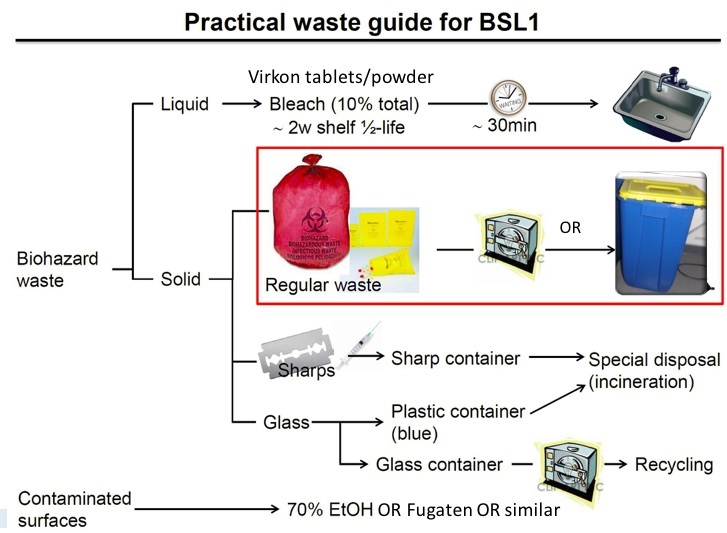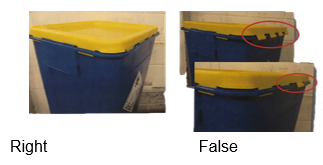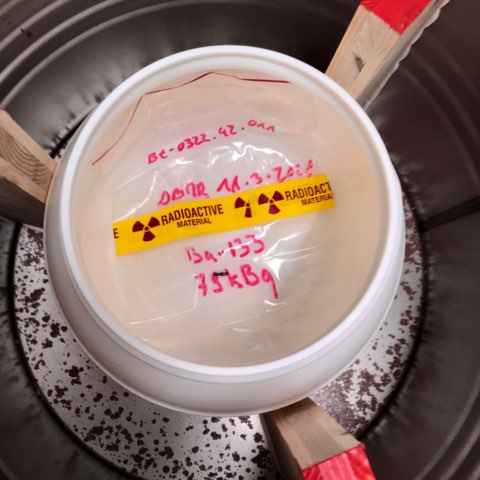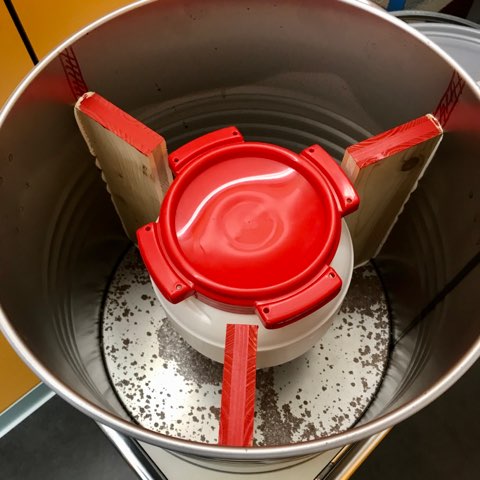Special Waste
Employees and students are responsible for the materials they use and the optimal separation and treatment of the waste materials they generate in accordance with the local regulations.
Depending on the type of waste and where it was produced, the waste is managed by the University of Bern or the Inselspital Bern. Please ask your supervisor or local research coordinator, if you don't know the local regulations.
Batteries
Batteries and aacumulators are special waste and dangerous goods. They are to be collected separately (in operating position and without connection cable) and can be handed over to the supplier or at the collection points (UniBE) or to the Inselspital distribution (2 28 91).
Biological Waste
The correct disposal of contaminated waste is a key task in order to minimize or prevent the escape of organisms from a laboratory and thus to avoid any danger to human health and the environment.
Biohazard waste: ALL materials used for cell and/or bacteria cultures (contact with cells) AND recombinant nucleic acids in all forms, natural and synthetic (e.g., DNA, RNA, shRNA, etc.) are treated as biohazard/infectious waste.

Liquids
Liquid biohazard waste must either be chemically inactivated or sterilized
Chemical Inactivation
Liquid biohazard waste can be inactivated e.g. with 10% bleach (final concentration) or Virkon tablets/powder according to the manufactures’ instructions.
Attention!
Liquids containing more than 0.25% bleach are harmful to aquatic life with long lasting effect. Don't pour chemically inactivated, liquid waste down the drain.
Do not autoclave bleach.
Solids
Use blue containers UN 3291 with yellow lid. They must be ordered in the central warehouse (SAP shopping cart) Containers that are not correctly closed or dirty, are not picked up:

Chemicals
University of Bern
At the University of Bern, chemical waste has to be collected, labeled and disposed in accordance with the internal directives of the University of Bern.
Waste containers and labels can be obtained from the Transport Service of the University of Bern.
Inselspital
At the Inselspital University Hospital chemical waste hast o be collected, labeled and disposed in accordance with the Inselspital disposal concept. Collecting containers and waste labels can be obtained from the Inselspital Distribution (Tel.: 2 28 91).
Drugs, Cytostatics
Drugs and cytostatics are to be disposed of in orgiginal packageings cushioned in white containers (UniBE) or the blue transport boxes of the Inselspital pharmacy.
Electrical Waste
University of Bern
The disposal of old electrical and scientific devices is organized by the local house staff and the department „Betrieb und Technik“.
Household appliances and office equipment are disposed of separately from scientific equipment.
Inselspital
Non-standard office equipment (hardware) can be handed over at the collection point BHH U1 room 137.
Standard office equipment oft he IT-partners oft he Inselspital is disposed of by the IT partner as part oft he hardware exchange.
Please contact the department „Medizintechnik“ to dispose of scientific devices.
Please contact the department „Technik+Sicherheit to dispose all other electric equipment.
Glass
Normal glass waste is to be disposed of in the glass collection containers.
Glass contaminated with hazardous substances: Rinse container with a suitable solvent and collect the rinse solution (halogenated solvent). The cleaned glass is disposed of as normal glass waste.
Radioactive Waste
Radioactive waste must be separated by type of nuclide and compustibility. The local RSO are responsible for the waste management and provide the necessary containers. Sample tubes with scientillation solution must be collected in blue disposal containers togheter with absorbing material.


Syringes, Scalpels
Syringes and scalpels are disposed of in sharp containers. The full sharp containers are disposed of in blue UN3291 containers.
Other
See Inselspital disposal concept resp. disposal guidelines of the University of Bern (in German only)

